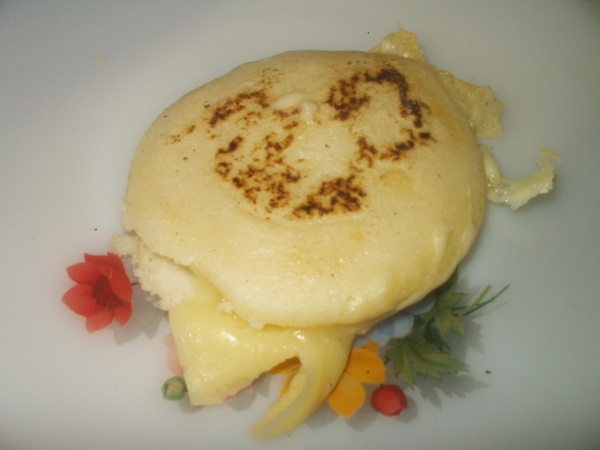Facts About Arepa
Arepas are a cherished traditional food in South America, particularly popular in Colombia and Venezuela. Made from ground maize dough, these delectable treats can be enjoyed with a variety of toppings such as cheese, meats, chicken, avocado, or ham spread. They can also be split open to create delightful sandwiches. Visually, they resemble Mexican gorditas and Salvadoran pupusas.
The history of arepas dates back to pre-Columbian times in both Colombia and Venezuela. Archaeological findings confirm their ancient origins, and remarkably, the recipe has remained largely unchanged over the centuries, preserving its status as a treasured part of the region's culinary heritage.
Arepas are typically flat and round, made from maize meal or flour. They can be prepared in various ways—grilled, baked, fried, boiled, or steamed. When filled or topped, popular choices include meat, eggs, cheese, and vegetables.
To make arepas, you mix maize flour with water, salt, and sometimes other ingredients, then shape the dough into patties and cook them. Special maize flours are used, with brands like Harina PAN being a household name in Venezuela, and Areparina widely known in Colombia.
In Colombia, arepas are more than just food—they are woven into the cultural fabric. Each region has its own unique way of preparing them, and they are celebrated in festivals across the country. In Venezuela, arepas are a daily staple, enjoyed at any time with various fillings. However, recent food shortages in Venezuela have made it more difficult for people to obtain corn flour, leading to a decline in arepa consumption.

 Guyana
Guyana